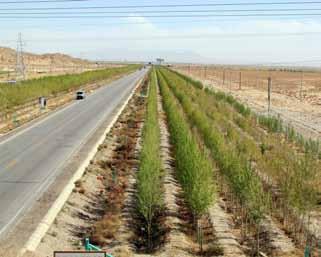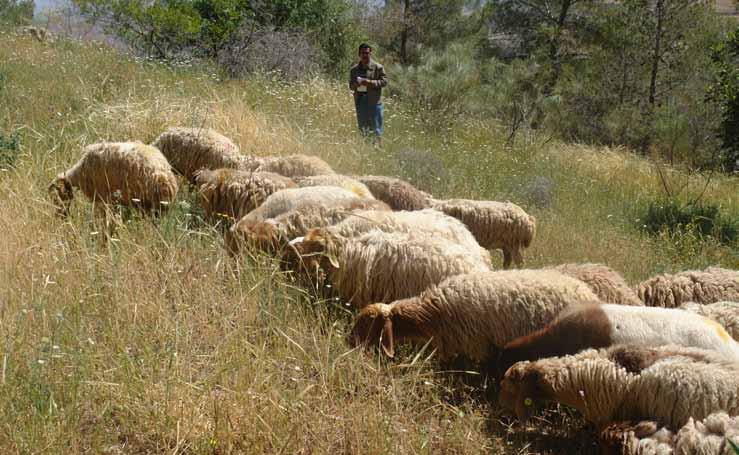
1 minute read
The Hummingbird in China’s Gobi Desert
from Land for Life
China
When asked how she ended up winning the Nobel Peace Prize, the late Professor Wangari Maathai would recount the story of the little hummingbird she was emulating. When its forest caught fire, that small bird decided not to watch its forest burn with the rest of the animals, but to stay and do what it could do to put out the forest fire with water collected in its beak. “I am doing the best I can,” she would declare.
Advertisement
The role of Tie Shunliang, Director of the Forestry and Environmental Protection Bureau of the Qinghai Province, doesn’t seem much different. He is in charge of a large region that stretches from the highlands of the Tibetan Plateau to the Gobi Desert, where combating desertification through afforestation is a gigantic task. But through his dedication and leadership, 25,000 hectares of degraded land have been restored, reducing the area affected by desertification at a rate of 2.7 percent per year.
Limited funding and technical staff as well as lack of resources to conduct surveys and outreach in the Gobi desert are daily challenges. But Shunliang’s methods of increasing vegetation on degraded land have been widely adopted in dryland areas. He uses poplar planting, farming caragana shrubs, and a special trimming technique for wolfberry. By combining these techniques with water-saving irrigation technologies, the survival rate of plants increases and planting costs fall.
Shunliang is especially well known for the Grain for Green Program, under which 2,000 hectares of land were afforested. He led residents in building several green walls to shield the land from sand and wind. Part of the success is his starting point, which is always to increase benefits for people at the grassroots level, and his advanced thinking and research on peoplecentered sustainable land management.
Shunliang also pioneered wolfberry cultivation for medicinal use as a sustainable business to provide environmental benefits. The venture has increased the income of 30,000 people, particularly poor herdsmen and women.












